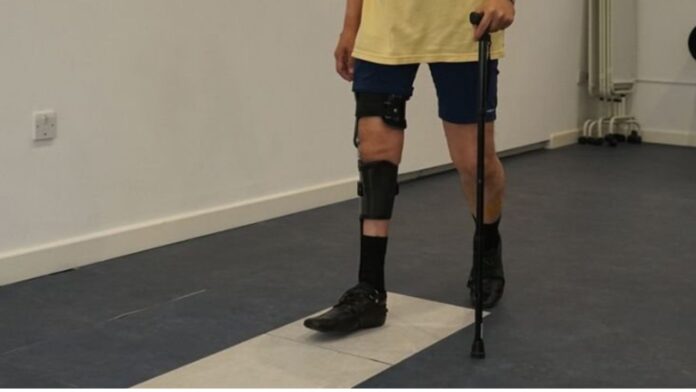Post-polio syndrome (PPS), an ailment that may manifest decades after the initial polio infection, remains prevalent on a global scale, impacting millions of individuals. We delve into the realm of Post-Polio Syndrome, shedding light on its indicators, hurdles, and the prospective assurance of regenerative medicine as a beacon of hope for those grappling with PPS.
Post-polio syndrome typically strikes individuals who survived polio, emerging 15 to 40 years post their initial recovery. The exact cause of PPS remains elusive, but experts posit a potential link to the heightened stress polio imposes on motor neurons. Over time, these strained neurons may undergo deterioration, giving rise to the distinctive symptoms associated with PPS.
Symptoms of PPS can vary widely among individuals but commonly encompass muscle weakness, fatigue, muscle and joint pain, and challenges in breathing or swallowing. Many PPS patients also report heightened sensitivity to cold temperatures, intensifying their symptoms. These physical challenges significantly curtail the quality of life, as patients grapple with daily activities that were once easily manageable. Nerve involvement and infection contribute to lower limb weakness, foot drop, and muscular atrophy in the lower limb.
Regenerative medicine emerges as a promising avenue for addressing this debilitating condition. Researchers increasingly turn to regenerative medicine, leveraging the body’s innate capacity to repair and regenerate damaged tissues. One encouraging aspect of regenerative medicine for PPS involves mesenchymal cell therapy. These cells possess the unique ability to differentiate into diverse cell types, holding promise for replenishing damaged motor neurons in PPS patients. The introduction of healthy mesenchymal cells into affected areas aims to stimulate the regeneration of damaged neurons, thereby enhancing muscle function and alleviating pain.
Advancements in regenerative medicine give rise to innovative therapies such as tissue engineering and gene therapy, presenting substantial potential in PPS treatment. Tissue engineering may create artificial muscle tissues capable of replacing damaged muscles, while gene therapy seeks to rectify underlying genetic and molecular factors contributing to PPS.
While Post-polio syndrome continues to impact a significant number of survivors, depriving them of physical abilities and quality of life, regenerative medicine provides a glimmer of hope. Cell therapy, tissue engineering, and gene therapy stand out as promising avenues, holding the potential to alleviate symptoms and enhance the lives of those contending with PPS.

 हिंदी
हिंदी






